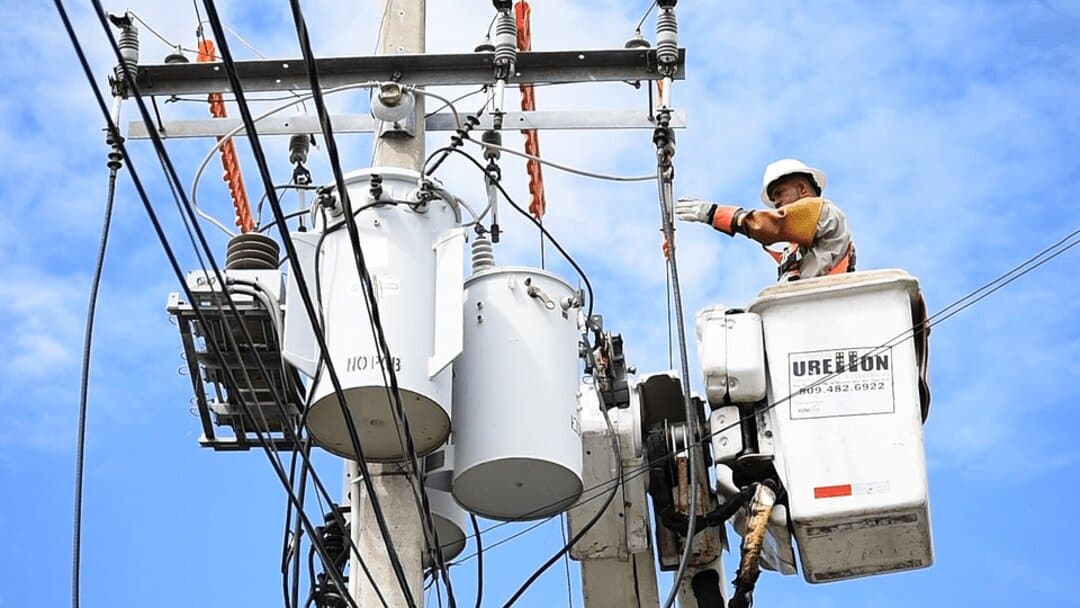Human beings have taken the convenience of electrical systems for granted since the 1890s. And ever since then, we have all taken for granted that electricity will always come out of every plug and port that powers our modern digital world.
We don’t appreciate exactly how much electricity flows, crackles, and surges throughout the electrical wiring systems in residential homes, places of business, and in public outlets. And it is important to remember that electrical systems require constant maintenance by licensed professional contractors.
So, it would be more apt to say that human beings take electrical systems experts for granted. Without electricians, electrical engineers, maintenance workers, construction workers, and any contractor who has to work directly or indirectly with electrical systems, we wouldn’t have reliable access to electricity.
Or perhaps any access at all.
But such modern utility conveniences are not possible without the constant safety threats that electrical workers deal with every day.
Depending on the data you believe, there are anywhere between 730,000 to 902,000 electricians in the United States. Keep in mind that electricians are not the only kinds of trained professionals trained to work with electricity.
The arc flash and blast is one of the most misunderstood and under-reported threats to electrical system workers. An arc flash is a current of electricity that escapes from a conductor point and travels freely in the air to search for ground or another conduction point.
The stronger the amperes or intensity of electrical current released via the arc flash, the stronger the resulting arc blast will be. (More on this later.)
And arc flashes are not irregularly occurring instances. Anywhere between five and ten electrical equipment arc flashes and blasts occur somewhere in the United States every day.
Arc flash explosions can cause impaired eyesight, severe life-altering burns, heart problems, and other life-altering health problems.
So, what are arc flashes? What causes them to occur? What kind of physical damage do arc flashes cause? And what can be done to prevent them?
Call C&C Technology Group to get professional consultation, guidance, and help to build your data center today.
Related: Improving Data Center Energy Usage & Efficiency
What is an Arc Flash?
Before discussing why arc flashes are so dangerous, we need to provide some contextual reference. So, let’s briefly talk about the heat and energy found in the sun.
Yes, arc flashes are that dangerous and powerful in such a reference. And if we can understand the power generated in the sun, we can get a relative understanding of the danger of arc flashes.
The Power of the Sun
The gravity of the universe generates crushing pressure against the sun. And the core of the sun is under intense gravitational pressure and temperatures. At the sun’s center, helium atoms fuse and compress and become helium, which is the fuel that powers the sun.
At the core of the sun, temperatures can exceed 27 million degrees Fahrenheit (15 million degrees Celsius). As the sun’s energy reaches its surface, the photosphere, the temperature drops to anywhere between 7,000 to 10,000 Fahrenheit. (3,871 Celsius to 5,537 Celsius). At the outermost reaches of the corona, or the sun’s atmosphere, the temperature increase to two million degrees Fahrenheit (1,111.093 degrees Celsius).
Since many of these materials use plastic and battery power, they’re unable to biodegrade on their own. Start tallying up the monthly waste your business generates and take these figures to a waste recycling facility.
The Power of an Arc Flash
OK. Science lesson over. We needed a momentary detour into that context. Because if you ever find yourself in an arc flash explosion, then you will be exposed to heat temperatures and explosion energies that usually occur on the surface of the sun.
An arc flash is a current of electricity or a short circuit that escapes from a live conduction point. Since there is low conductive resistance in the air, the electrical current will arc from its origin conduction point, travel in the air, and try to find another conduction point or the ground.
Another way to think of it is live electricity flowing through the air instead of through insulation wires and equipment. And the “flash” is created by the heat and light of live electricity reacting with the open elements.
The temperatures and explosive force of an arc flash correspond to the amounts of amperes or electric current that is explosively released through short circuit exposure. The temperatures in an arc flash can be anywhere between 5,000 Fahrenheit (2.800 Celsius) to 35,000 degrees Fahrenheit (19,000 degrees Celsius).
Think about that for a moment.
The photosphere, or the sun’s surface, is anywhere between 7,000 to 10,000 degrees Fahrenheit. But the temperatures in an arc flash can be as high as 35,000 degrees Fahrenheit, or well over three to five times hotter than the surface of the sun.
The intensity of an arc blast or the explosion that occurs after the arc flash depends on the amount of electricity released. An arc blast’s pressure per square inch can exceed 600 pounds of pressure per square inch. For context, a bomb explosion with 20 psi has the energy to cause structural damage or knock down a concrete building and cause a pressure wave wind force of 502 mph.
For context, a bomb explosion with 20 psi has the energy to cause structural damage or knock down a concrete building and cause a pressure wave wind force of 502 mph.
What Causes Arc Flashes?
A variety of factors can cause arc flashes:
- Electrical wiring and equipment that has worn down due to weathering or maintenance neglect
- Insulation electrical wiring that has gaps or worn spots
- Improperly installed electrical components
- Corrosion of electrical components
- Loose and worn-down connections
- Dust
- Improper tools and work techniques
Why Are Arc Flashes so Dangerous?
Arc flashes can happen instantaneously and with no warning, so there is no way to anticipate them.
Explosive arc blasts can turn ordinary electrical equipment and tools into flying shrapnel that can physically hurt or kill people.
Arc flashes create impossibly searing temperature extremes when they occur. An electrician caught in an arc flash could become horribly burned and disfigured after the event.
Arc flashes and blasts can cause blindness, severe burns, seizures, physical trauma, heart attacks, cardiac trauma, severe life-altering injuries, and even death.
How Can Arc Flashes be Prevented?
Related: Types of Electrical Grounding Systems and Techniques
There are several ways that arc flashes can be prevented. Workers should de-energize equipment before servicing them whenever possible.
Or workers can wear arc-resistant PPE, like face shields, arc flash gloves, arc flash hoods, and flame retardant clothing whenever servicing high voltage equipment. Properly label all high voltage equipment and arc flash equipment clearly.
Invest in arc flash prevention regular training.
Do you need help launching your data center? Contact C&C Technology Group today for professional guidance.
Last Updated on June 8, 2023 by Josh Mahan




